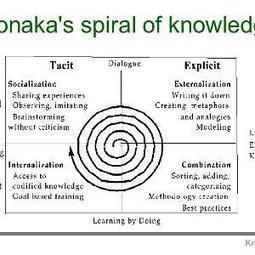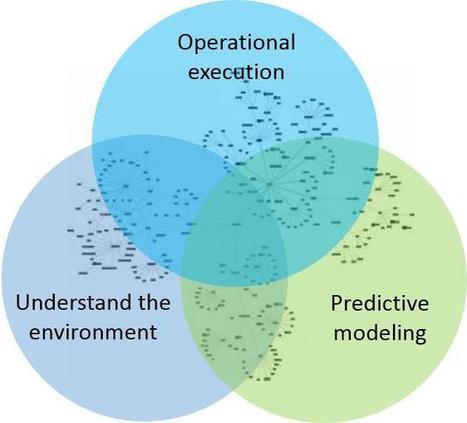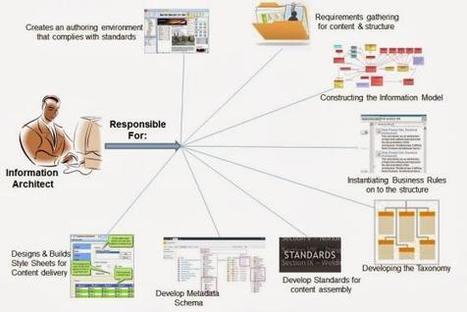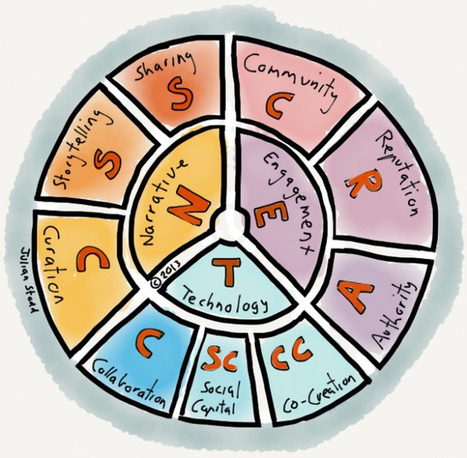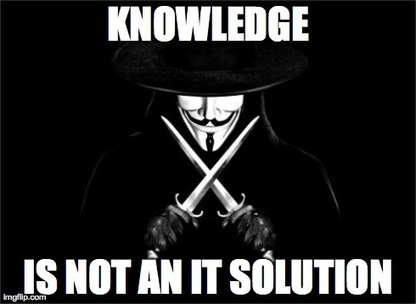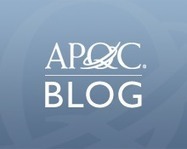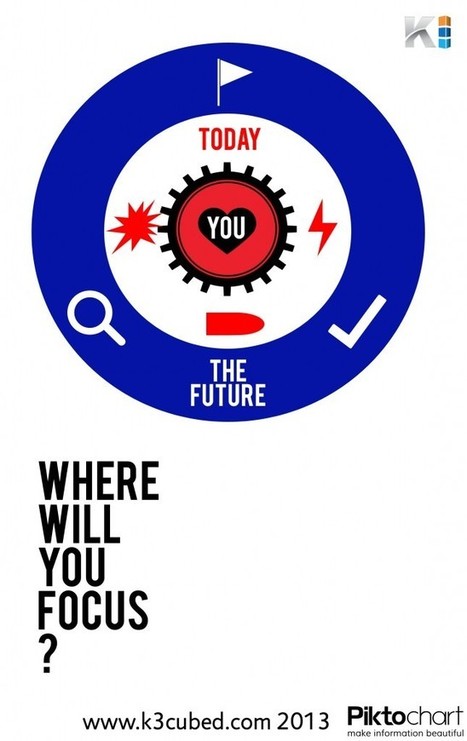
|
Scooped by Victor Jimenez |
Victor Jimenez's insight:
This article is shaped well and serves as a great reminder of why Knowledge Managers need to spend time on keeping the organization's knowledge assets relevant and easy to use. I think the real trick to maintaining relevant and up-to-date knowledge has to be distributed responsibility. You should not depend on the Content Manager(s) alone to identify when an asset needs an update. There are way too many changes in a live environment for a few people to keep up with and there is always one more perspective to consider to improve relevancy.
Over the last few years I have begun to study the Knowledge Centered Service (KCS) perspective provided by the Consortium for Service Innovation. http://www.serviceinnovation.org/kcs/ ;
In KCS, the concept of collective ownership is an important element in what makes an organization effective at creating and maintaining knowledge. The Consortium for Service Innovation describes collective ownership in the following way, "
Collective ownership is a key driver of the efficiency of the KCS processes and contributes to knowledge quality and freshness. If knowledge workers take responsibility for the quality and accuracy of the knowledge they interact with, the knowledge that is being used is constantly being updated.
The concept of collective ownership applies to all who use the knowledge. In environments where the intended audience for knowledge includes people outside of the organization, like partners or customers, they too are part of the collective ownership model. Allowing them to improve or at least comment on knowledge, based on their experience with that knowledge, is important.
"
To me this means that anyone who uses a knowledge asset has the opportunity to improve it by providing their perspective (i.e submitting a comment). So if we make it easy for workers to comment on a knowledge asset, we can gather distributed perspectives and use them to improve the asset to be more relevant for the organization.
Maintaining knowledge assets in a distributed manner where users buy in to the concept of collective ownership and provide small amounts of insight through use over time seems natural. Why don't we do it more?
No comment yet.
Sign up to comment



 Your new post is loading...
Your new post is loading...


